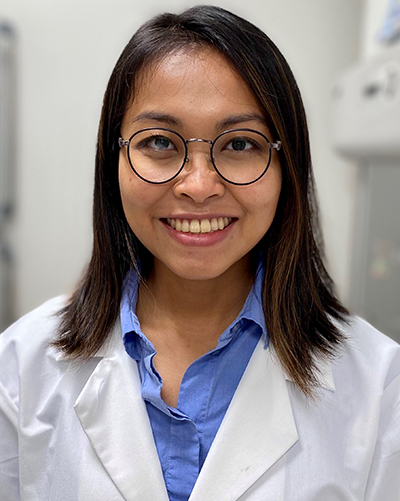
The Section on Immunoengineering develops immune-active biomaterials for regenerative medicine through a bottom-up approach using mechanism-based immunology methods. The immune system is a critical mediator of tissue homeostasis and disease. Upon implantation of a biomaterial scaffold, an immune system response is activated, potentially with pathologic side effects including fibrosis or damaging inflammation. Furthermore, tissue growth and wound healing are modulated by immune responses. Through an understanding of how our immune system interacts with materials in the context of traumatic injury, combined with advances in biopolymers and cellular engineering, we will attempt to program immune responses to promote scaffold integration and tissue growth. Such information is critical for the advancement of next-generation materials used in non-integrating devices (i.e. pacemakers, drug delivery devices, cosmetic implants) as well as integrating medical devices (scaffolds for tissue repair).
Read more about the research topics of interest to the Section on Immunoengineering.








